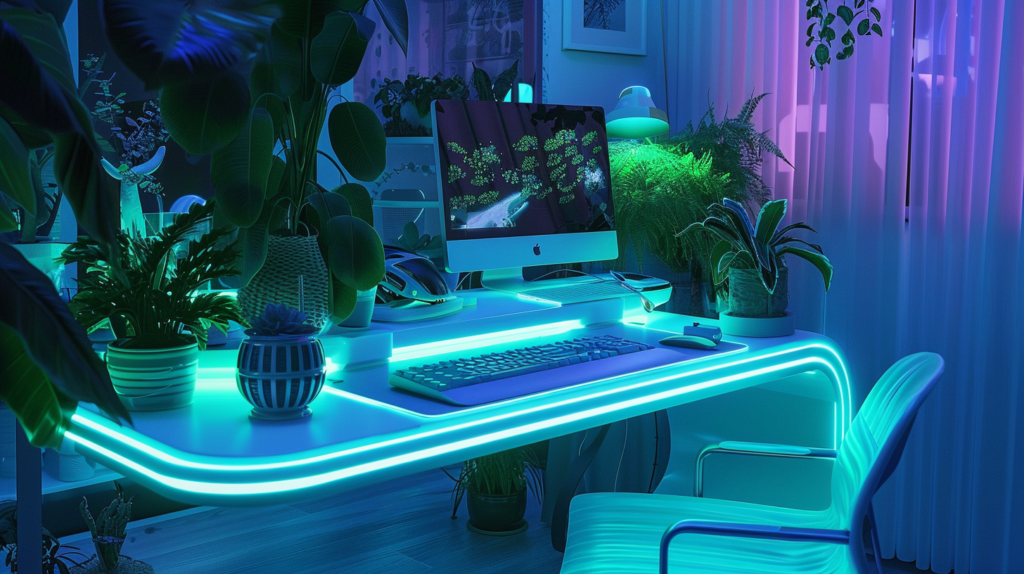
Today when digital interactions are often critiqued for dulling our senses, a revolutionary design paradigm is emerging, promising to reinvigorate our screen-based experiences. This innovative approach, known as Cross-Sensory User Experience (Cross-Sensory UX), aims to cater to our multifaceted sensory nature, going beyond mere visual stimuli. It’s crucial to recognize that humans are inherently multi-sensory beings, engaging with the world not just through sight but also through touch, hearing, smell, and taste.
Cross-Sensory UX Design transcends traditional methods by incorporating elements such as audio cues and haptic feedback into digital platforms, thereby creating a more immersive Multi-Sensory Digital Experience. This design strategy is comparable to orchestrating a symphony where each sense plays a role, enhancing the overall composition without overwhelming the user.
For instance, haptic feedback technology, which simulates touch through forces, vibrations, or motions, adds a tangible layer to digital interactions. This technology transforms a simple notification from a visual cue into a physical sensation, making the Multi-Sensory Digital Experience more engaging and intuitive.
Audio elements also play a crucial role in enhancing the Cross-Sensory UX. Thoughtfully integrated sound effects can provide feedback, set a mood, or guide users, elevating the digital experience beyond the visual domain. The challenge lies in applying these audio cues subtly to avoid sensory overload.
While integrating smell and taste into digital experiences presents more challenges, the potential for innovation in these areas is vast. Imagine a cooking app that emits the scent of baking bread or a travel platform that offers a taste of the sea. These ideas highlight the exciting possibilities of Cross-Sensory UX Design in creating a truly immersive Multi-Sensory Digital Experience.
Designing for multiple senses requires a deep understanding of how they interact and influence each other. Creating a harmonious Multi-Sensory Digital Experience demands technical skill, empathy, and a keen awareness of how sensory inputs are perceived by users. Furthermore, accessibility should be a key consideration, ensuring that these experiences are inclusive for individuals with varying sensory abilities.
However, it’s essential to approach Cross-Sensory UX Design with restraint, considering the context in which multi-sensory inputs are used. For example, a meditation app might benefit from a combination of soothing visuals, calming audio, and relaxing scents, while an application for filing taxes might not.
The future of Cross-Sensory UX and Multi-Sensory Digital Experience is promising, with technologies like virtual reality (VR) and augmented reality (AR) paving the way for innovative design solutions. Success in this field hinges on a comprehensive understanding of the human experience, including psychological, physiological, and sociological aspects.
As we explore the potential of Cross-Sensory UX Design, it’s evident that this approach is not just a fleeting trend but a significant shift towards creating digital experiences that resonate on a deeper level with users. This paradigm challenges designers to think beyond traditional visuals and consider the full spectrum of human sensory experience.
In conclusion, the evolution of Cross-Sensory UX Design and the development of Multi-Sensory Digital Experiences represent a critical step forward in making our digital interactions more vibrant and reflective of human complexity. As we embrace this sensory revolution, we look forward to a future where digital experiences are not only seen but felt, heard, and even tasted, offering a richer, more immersive journey through the digital world.


